Bruijn (10)
Cornelis de Bruijn (c.1652-1727) was a Dutch artist and traveler. He is best known for his drawings of the ruins of Persepolis, the first reliable pictures of these palaces to be accessible for western scholars. His other visits included the Ottoman Empire, Egypt, Jerusalem, Russia, and the East Indies.
Persepolis
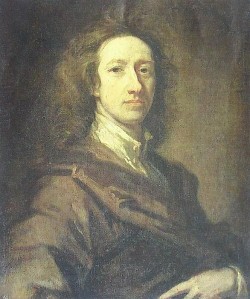
On 8 November 1704, Cornelis de Bruijn and VOCnote-official Adriaan de Backer arrived in Persepolis, where the painter was to stay until 23 January 1705. He was not the first westerner to visit the site: it is situated along the main road from the Persian Gulf and Shiraz to Isfahan. Several European travelers had already offered descriptions of Chehel Minar, "forty columns", but none of them spent two and a half months amidst the ruins, was so well-acquainted with the site, or added such marvelous illustrations. Unfortunately, when De Bruijn returned home, there were suddenly three books that contained information about and illustrations of Persepolis, and his masterpiece did not immediately receive the attention it needed.
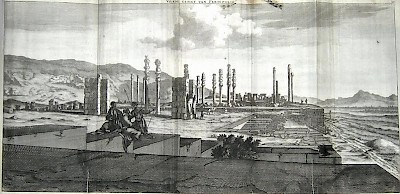
De Bruijn's book, however, offered the first reliable description of the ancient ruins, which he correctly identified as the remains of the capital of the ancient Achaemenid Empire, something that was still contested. The Frenchman Jean de Thévenot (1633-1667), for example, had believed that the site was too small and had suggested that it was a temple. De Bruijn realized that the terrace was only a part of the city, and that the people had lived in the plain: an idea, he admits, that was suggested to him in a Persian book.
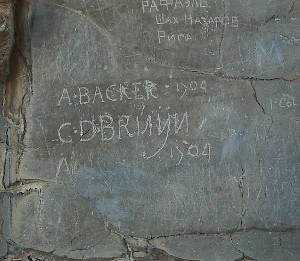
Unlike earlier visitors but like a good artist, De Bruijn was able to watch at the things themselves, and postponing the interpretation. For example, there was a discussion about the headless animals that guarded the Gate of All Nations were they elephants or horses? De Bruijn simply made a good drawing and let the statues speak for themselves. Others had described the columns and wanted to interpret them according to the classical typology, but De Bruijn only believed his eyes, could ignore the Dorian, Ionian, and Corinthian orders, and stated that they were altogether different. When he wrote that earlier visitors had lacked diligence and concentration, he was right.
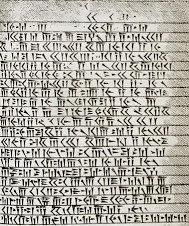
His account consists of several parts. In the thirty-ninth chapter, he describes the terrace and its buildings, which can easily be identified with the remains that are visible today. De Bruijn is not always able to interpret the buildings, but recognizes that the rock reliefs belonged to royal tombs. In the second half of this chapter, he mentions the four Achaemenid tombs at Naqš-i Rustam and the Sasanian rock reliefs, which he believes to be representations of the legendary Persian hero Rustam. (This must be information from a local guide.) In the fortieth chapter, De Bruijn compares his observations to what is written by the ancient authors. For example, he is able to identify Median and Persian dresses. In chapter forty-one, with 68 pages the longest in his book, De Bruijn recounts the history of the Achaemenids, and in the following chapter, he tells about the customs of the ancient Persians. All this is based on Greek and Latin sources, and impartiality makes him include a forty-third chapter with the Persian side of the story.
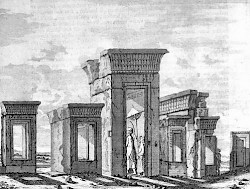
Of course, De Bruijn sometimes makes errors, but his account is purely scientific and by the standards of his age excellent. He clearly separates sources of information: first, he describes what he has seen, then he offers an interpretation, and only then does he write a history of the Persians. It needs to be stressed that this combination of antiquarianism and history was rare in the early eighteenth century; in fact, De Bruijn was one of the first to attempt to strengthen a historical account by using artifacts. (In fact, even today, it is possible to be an ancient historian without ever having taken part in an archaeological excavation.)
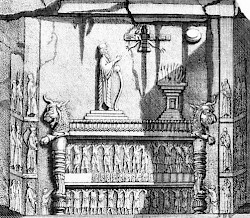
After a stay of some two and a half months in Persepolis, De Bruijn in February continued to Shiraz, where he could, as usual, stay with an official of the VOC. He had wanted to proceed to Gamron (modern Bandar Abbas), but instead returned to Isfahan, and traveled to Shiraz again in July. He visited Jahrom and Lar, and finally reached Gamron, where he fell ill.